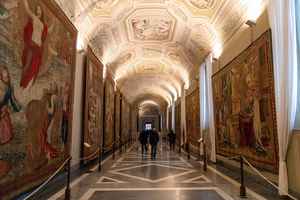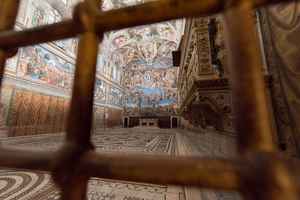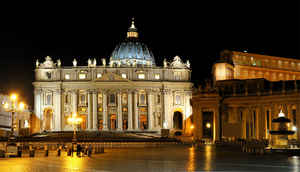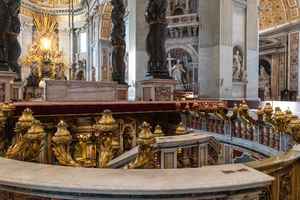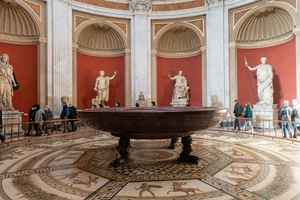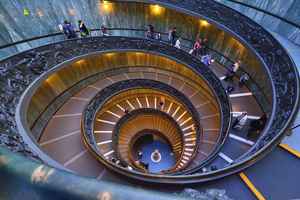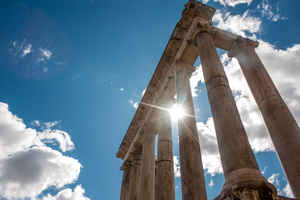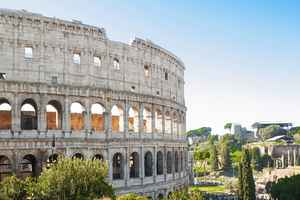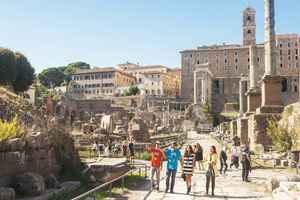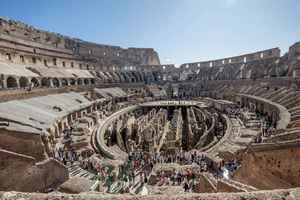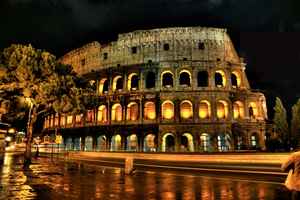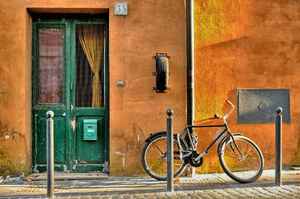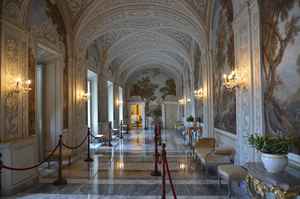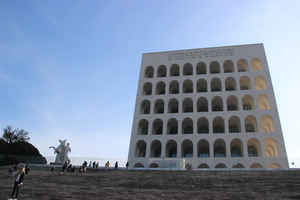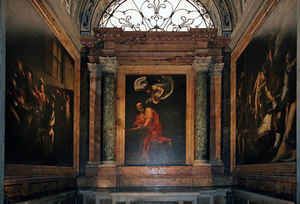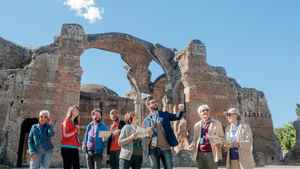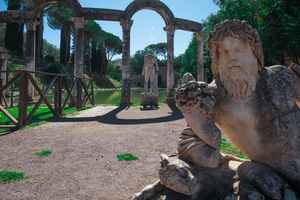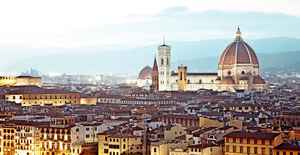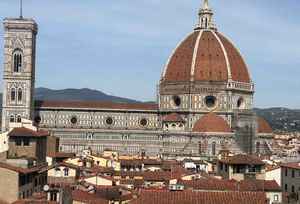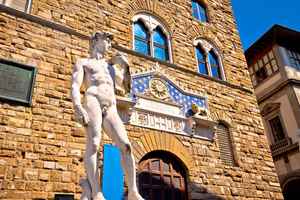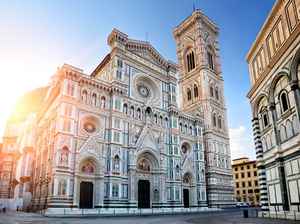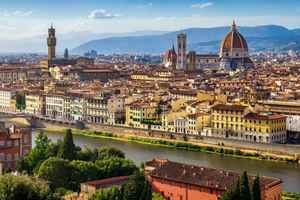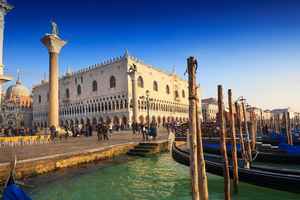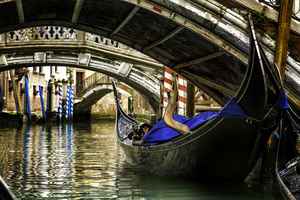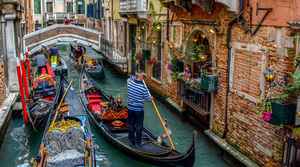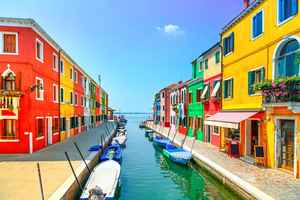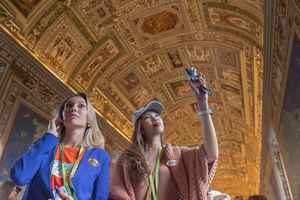
Enjoy Rome City Guide, introduction about the guide
We are passionately enthusiastic about this unique and fabulous city. Our aim is to show you what makes Rome such an exciting place, and for you to love it as much as we do. We want to make your stay in the Eternal City a straightforward, enjoyable, and rewarding experience. So let us do the work – sit back, relax and Enjoy Rome!
Introduction: Rome’s history spans over 2,700 years, and the centuries have woven a rich tapestry of war, struggle, triumph, and intrigue. Its history is written in the streets, monuments, buildings, and artworks of the city. Explore the ruins, churches, piazzas and museums of the city to unearth centuries of human endeavor and discover the fantastic story of Rome.
How it all began: Like any good story it is always best to start at the beginning. The legendary origins of the city of Rome lie some 500 years before Romulus, in the famous story of the Trojan War. Estimated to have taken place in the 12th century before Christ, the legend tells of the destruction of the city of Troy (on the north-western coast of modern-day Turkey) at the hands of the Greeks. After ten years of fighting, the Greeks came up with a dastardly plot involving a large wooden horse…
As Troy was engulfed by the flames of her invaders, the Trojan hero Aeneas, son of Venus, goddess of love, fled the flames of the city. After a long and meandering journey across the Mediterranean, he washed up on the coast of Latium, a few miles south of the modern Fiumicino Airport. He founded a settlement at Lavinium, and later his son Ascanius founded another settlement at Alba Longa (believed to be roughly where the Popes now spend their summer holidays at Castel Gandolfo in the hills south of Rome). Many generations later, the king of Alba Longa was killed by his evil brother who wanted the throne for himself. The king’s sons were also killed, and only his daughter Rhea Silvia was spared. To ensure that she would not have sons with a claim to the throne, Rhea Silvia was forced to become a Vestal Virgin. However the new king had not reckoned on the god of war, Mars, who had his wicked way with the Vestal Virgin, and she gave birth to twin sons – Romulus and Remus. Fearful of their claim to his throne, the evil uncle ordered his henchmen to kill the babies. The children were abandoned to their fate in the Tiber, whereupon they washed up in an inlet of the river, at the foot of the Palatine and Capitoline hills. Their basket lodged in a fig tree where they were found by a lupa, a she-wolf, who suckled them until they were found by the shepherd Faustulus who brought the boys up as his own. Some years later, the boys, by now young men, exercised their independence and sought to create new settlements on two of the hills carved by the Tiber and its tributaries. Romulus founded his settlement on the Palatine Hill, Remus on the Aventine. Fiercely competitive, the brothers vied to see which of the settlements was to dominate. Tradition states that on a spring day in the year 753 B.C., Remus climbed the Palatine Hill to see the walls his brother was building there, as a sign of his disdain he stepped over the boundary of Romulus’ settlement, angering him enormously. It is said that Romulus attacked his brother, killing him there and then, thus ensuring the dominance of the settlement of which he was to be the first king, and which would bear his name; Roma. To this day every year the Natale di Roma, the birthday of the city, is celebrated on the 21st April.
Similarly the famous seven hills on which Rome was founded are really rather more, somewhere between ten and thirteen depending on your point of view, as several of the official hills are made up of more than one ‘summit’. But seven’s a great number, so here are the official lists.
- Colosseum
- Roman Forum
- Vatican Museums, including the Sistine Chapel
- St. Peter’s Basilica
- Pantheon
- Piazza Navona
- Trevi Fountain
- Palatine Hill
- Galleria Borghese
- Castel Sant’Angelo
- Trastevere
- Appian Way
- Aqueduct Park
Monuments
Christian Rome
Trips

